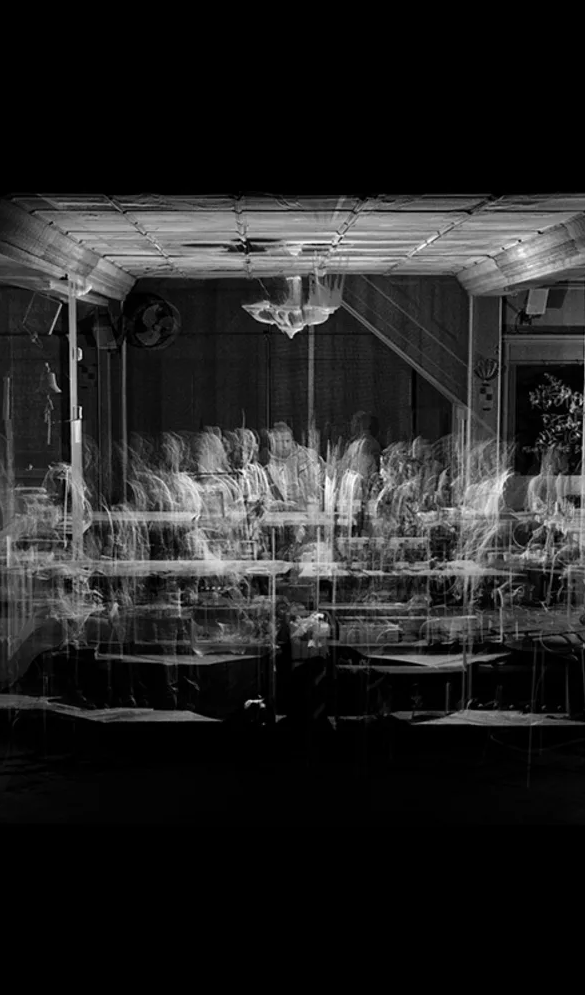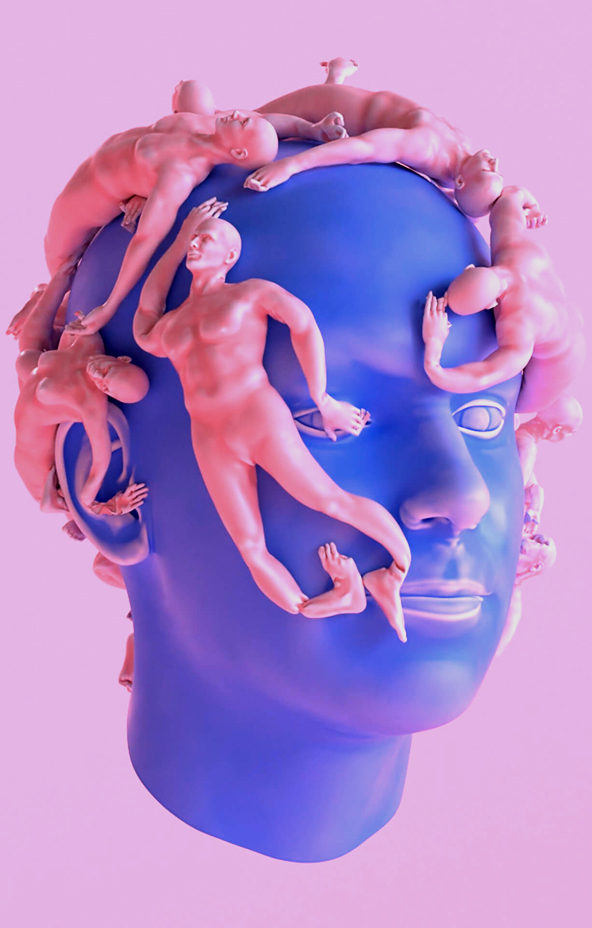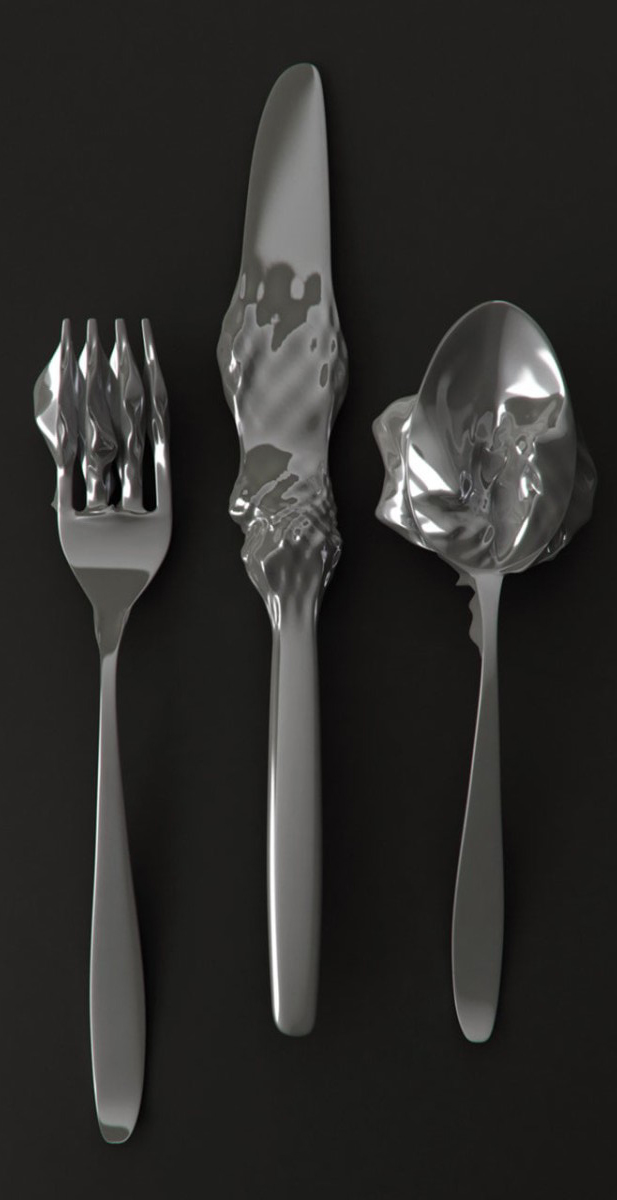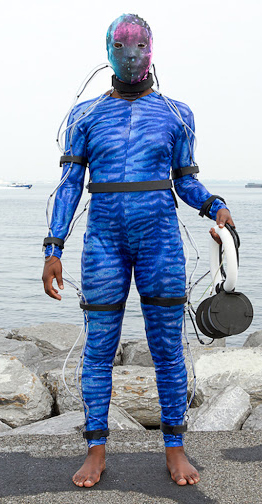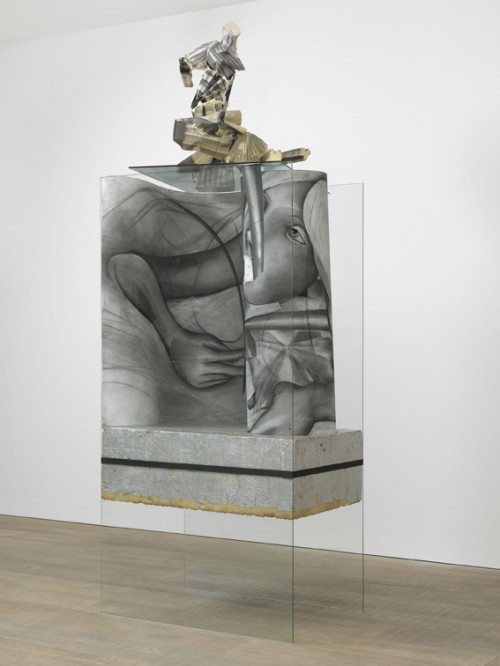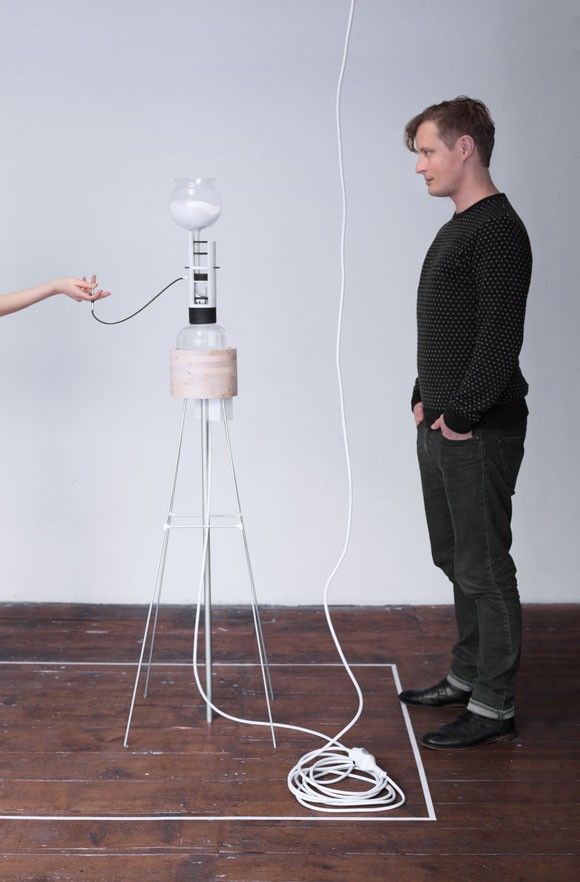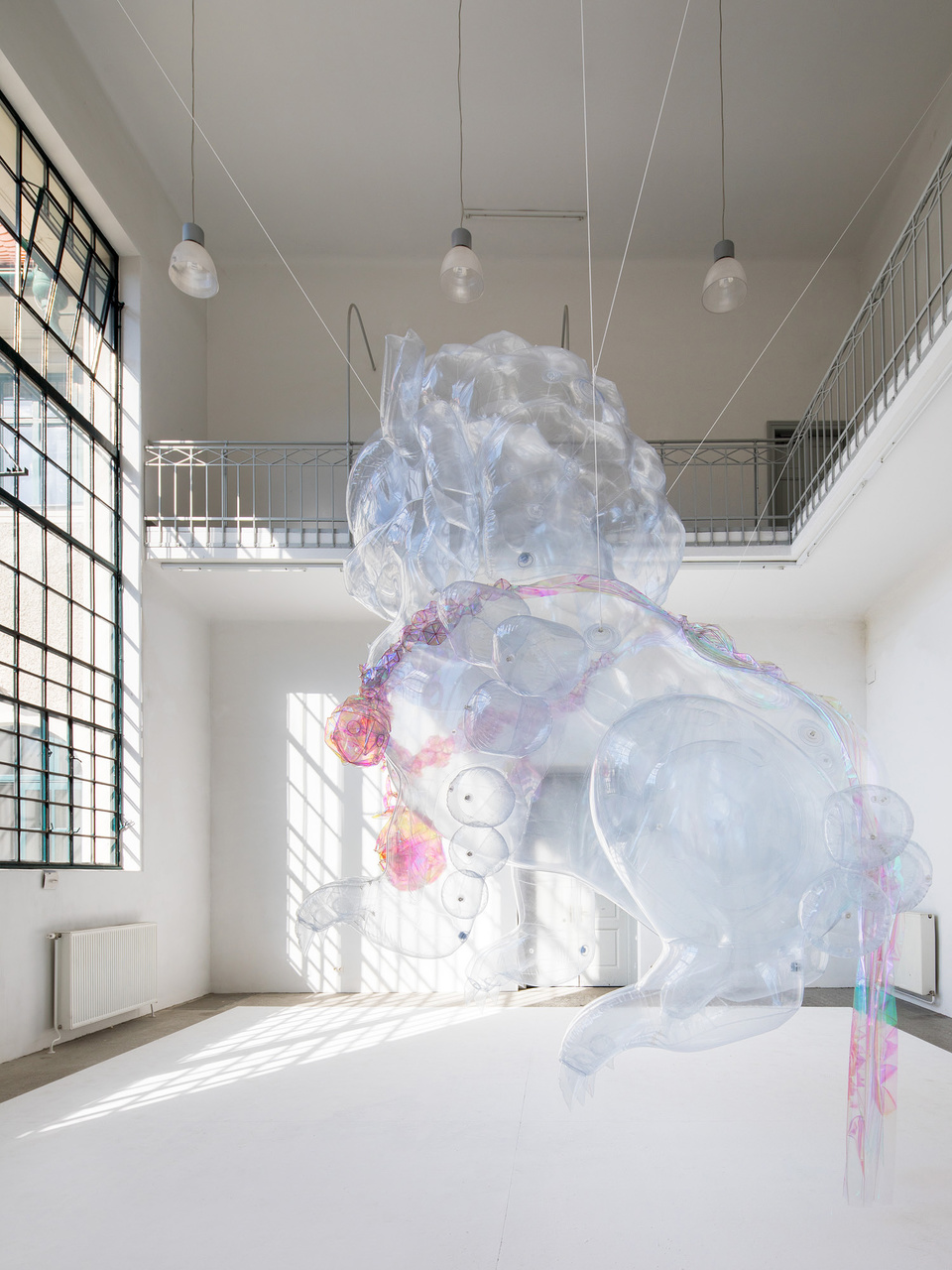INFLUENCER
“There is a certain kind of social criticism in each publication, but they do not correspond to specific facts. I enjoy playing with common situations and presenting them in an ambiguous and uncomfortable way. For me, it is not important to focus on the content too much in one direction because I seek to agitate the spectator and force them to think for themselves. They must find their own explanation to what they are seeing,” Extraweg
.
„In jeder Veröffentlichung steckt eine gewisse Art von Gesellschaftskritik, aber sie entsprechen nicht bestimmten Tatsachen. Es macht mir Spaß, mit alltäglichen Situationen zu spielen und sie mehrdeutig und unbequem darzustellen. Mir ist es nicht wichtig, den Inhalt zu sehr in eine Richtung zu fokussieren, denn ich versuche den Zuschauer zu agitieren und zum Mitdenken zu zwingen. Sie müssen ihre eigene Erklärung für das Gesehene finden.“ Extraweg
.
« Il y a une certaine forme de critique sociale dans chaque publication, mais elles ne correspondent pas à des faits précis. J’aime jouer avec des situations courantes et les présenter de manière ambiguë et inconfortable. Pour moi, ce n’est pas important de trop se concentrer sur le contenu dans un sens car je cherche à agiter le spectateur et à le forcer à penser par lui-même. Ils doivent trouver leur propre explication à ce qu’ils voient » Extraweg
